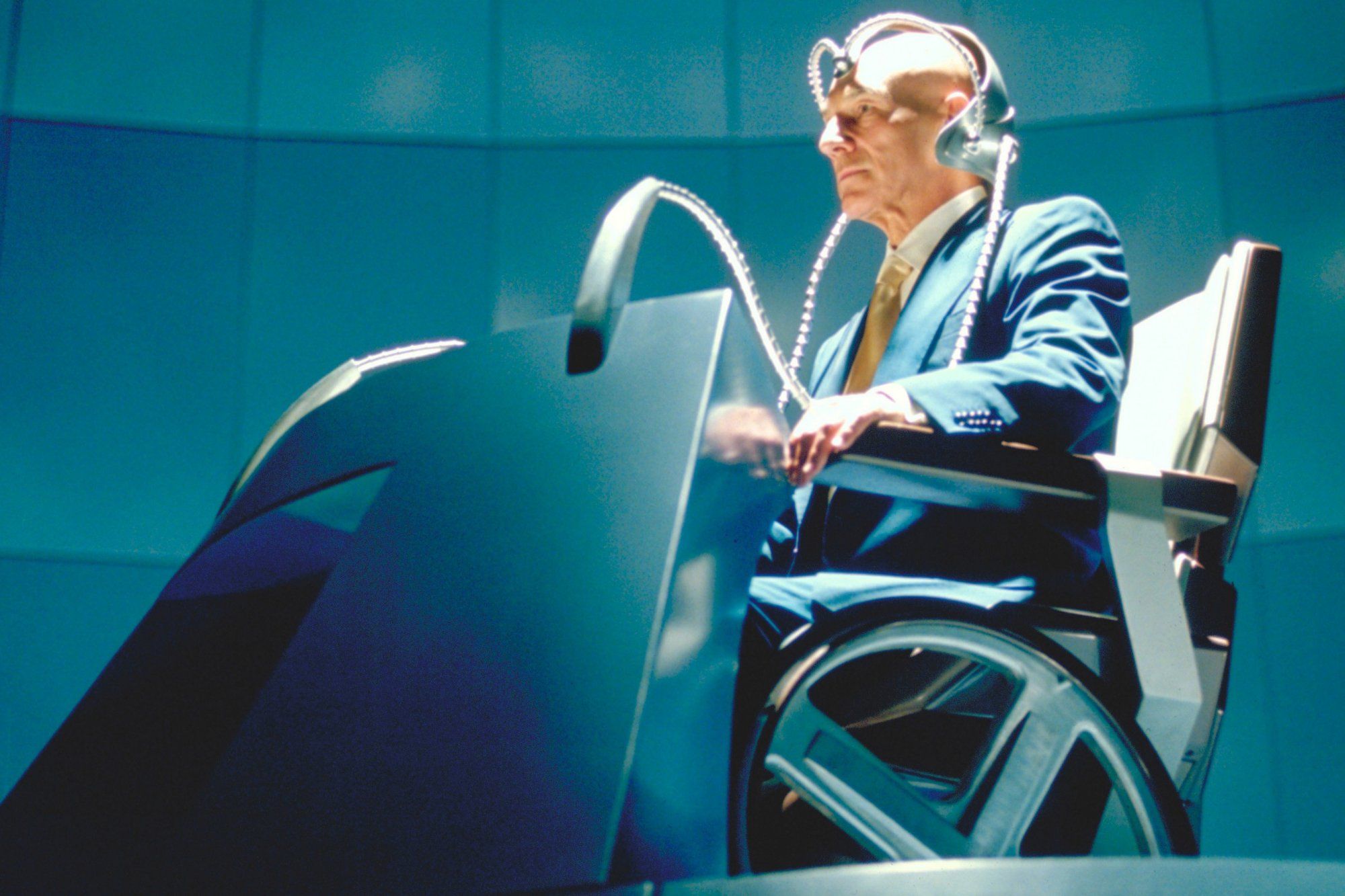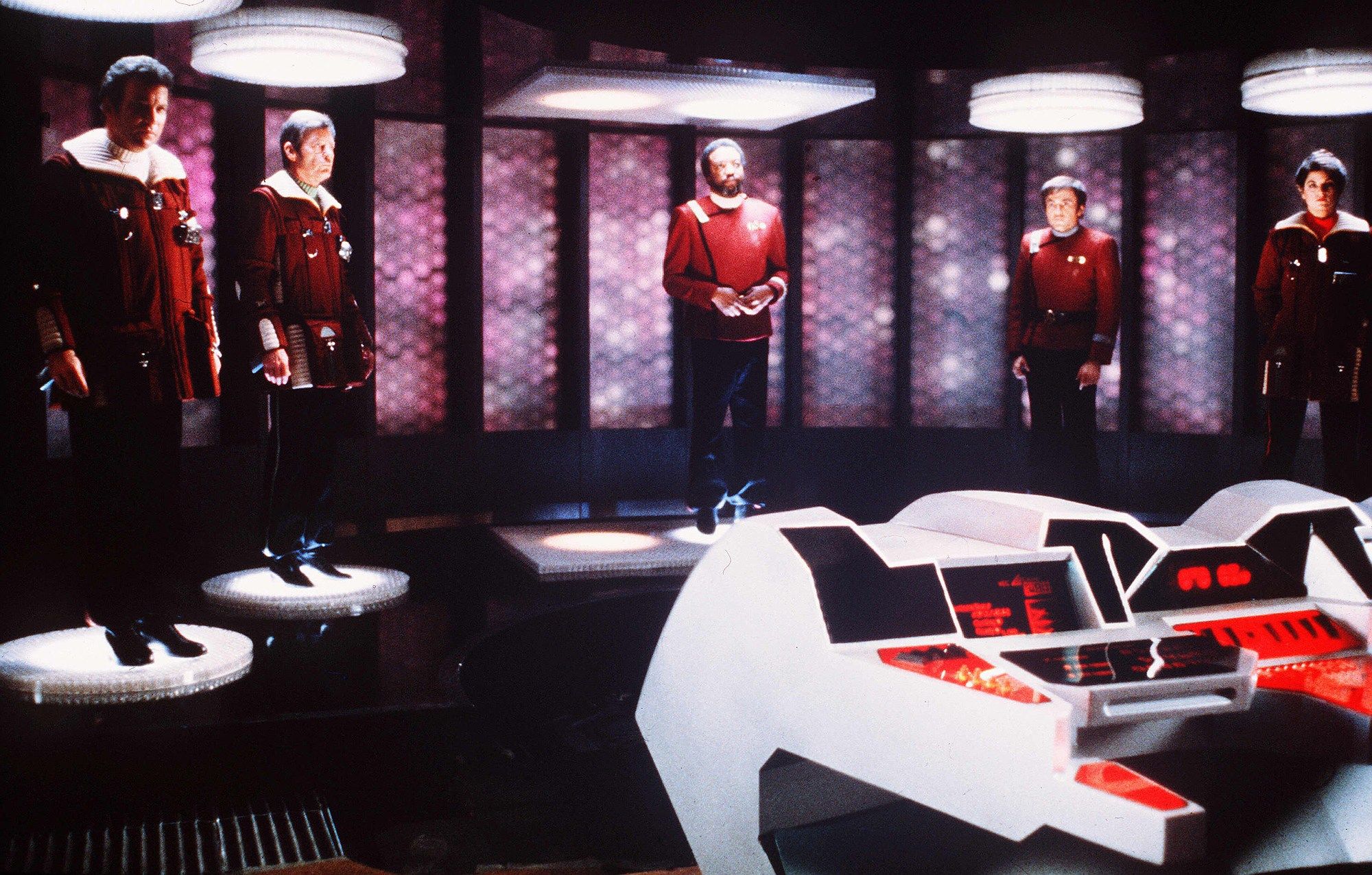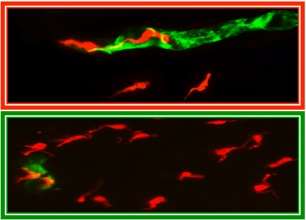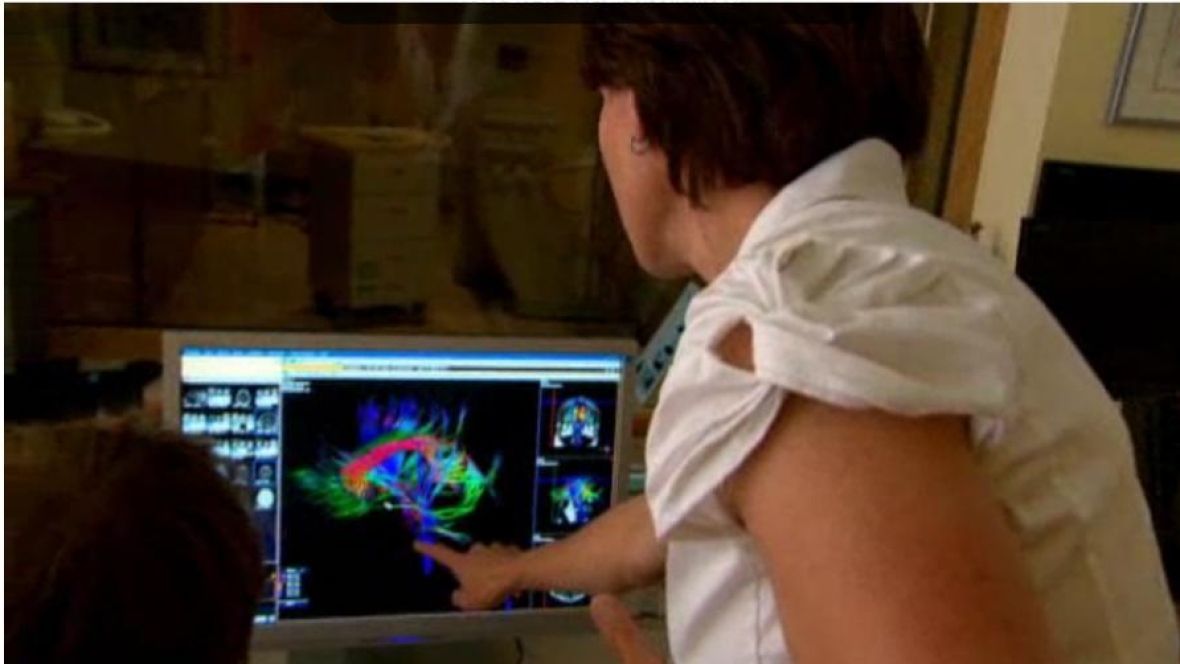Feb 28, 2016
Headphones that get you high on dopamine are tipped to go on sale next month
Posted by Karen Hurst in categories: media & arts, neuroscience
Headphones that stimulate the release of dopamine in your brain and reportedly make you feel high as hell have been invented by Florida-based tech company, Nervana, and are set to go on sale as early as next month.
The headphones will pump music into your ears as normal, but at the same time, an integrated device will deliver a low-power electrical signal through your ear canal to stimulate the Vagus nerve — a nerve that runs from the brainstem to the abdomen and plays a role in the release of dopamine, a neurotransmitter that helps control the brain’s reward and pleasure centres.
“I felt the electricity go into my arm, and everything was tingling there, but the best moment for me was afterwards when I finished and stood up,” journalist Amanda Gutterman writes for Futurism.
Continue reading “Headphones that get you high on dopamine are tipped to go on sale next month” »
















